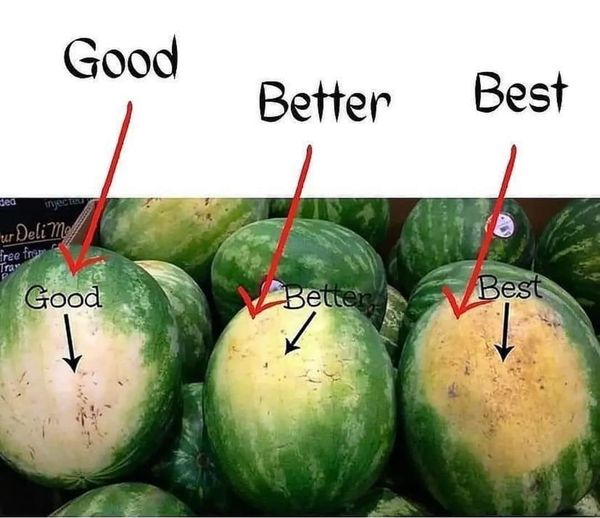The pursuit of the perfect watermelon is a summertime tradition that brings joy to picnics and gatherings. To ensure your summer days are filled with the refreshing taste of this beloved fruit, we have distilled the essence of selecting a watermelon that promises to be both ripe and sweet.

Understanding Watermelon Ripeness
The journey to finding the perfect watermelon begins with the stem. A brown stem indicates a watermelon that has naturally ripened on the vine, absorbing the sun’s warmth and the soil’s nutrients until it reached its peak maturity. On the other hand, a green stem signifies a premature pick, leaving the fruit’s potential sweetness untapped.
The Significance of the Yellow Spot
An important indicator of a watermelon’s ripeness is the presence of a yellow spot. This spot is often found on the belly of the fruit and tells a story of the watermelon’s time basking in the sun. A pronounced yellow spot indicates adequate sun exposure, contributing to its ripeness. On the other hand, a faint white spot or the absence of one suggests a lack of sunbathing, resulting in a less ripe fruit.
Assessing Firmness and Sound
The texture and sound of a watermelon provide critical clues to its internal state. When gently pressed, a ripe watermelon should give slightly, indicating ripeness. If the watermelon feels too hard and unyielding, it is underripe. Additionally, tapping the watermelon can reveal its water content – a hollow sound signifies a fruit bursting with water, while a dull sound may indicate a lack of juiciness.

